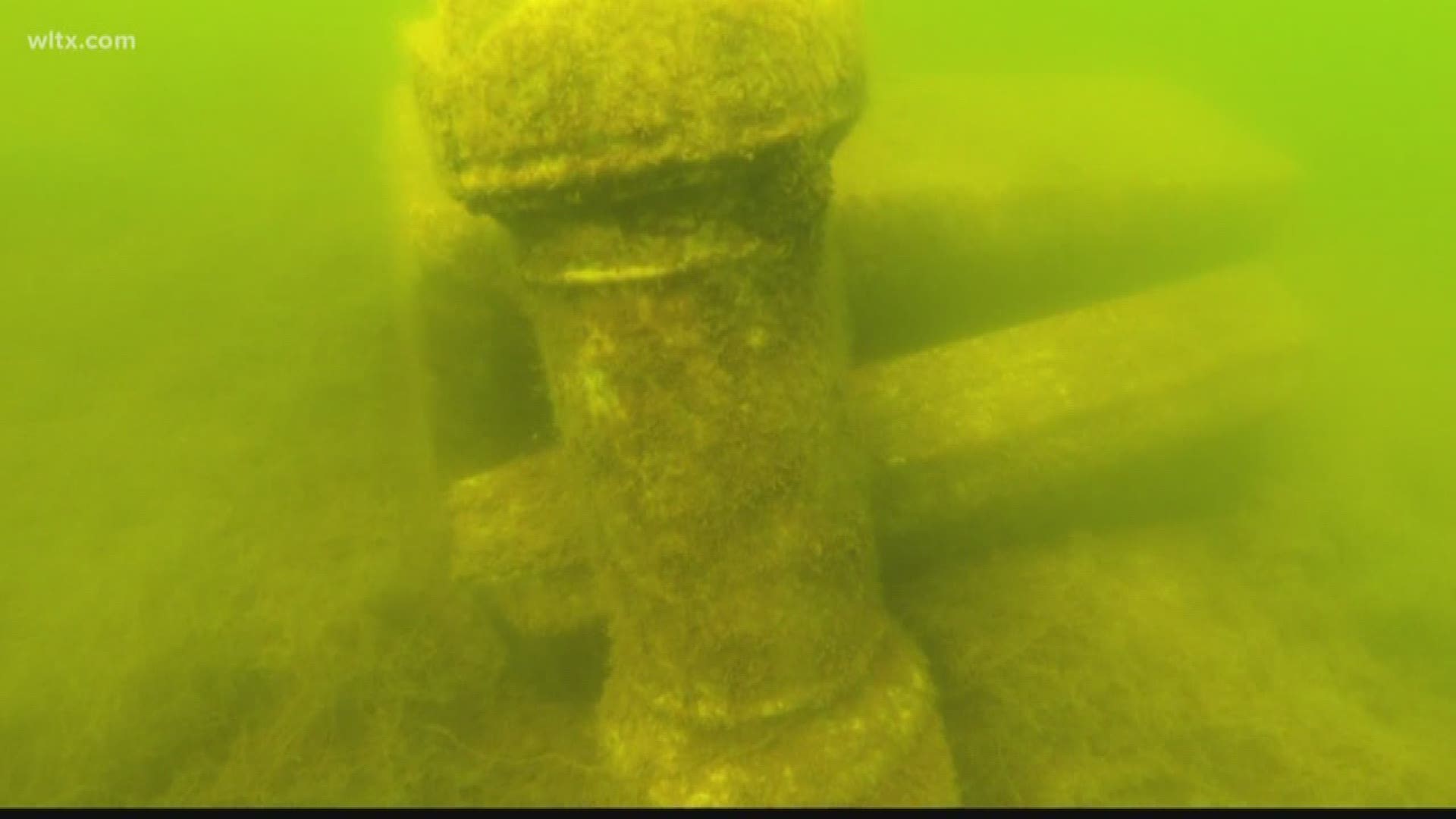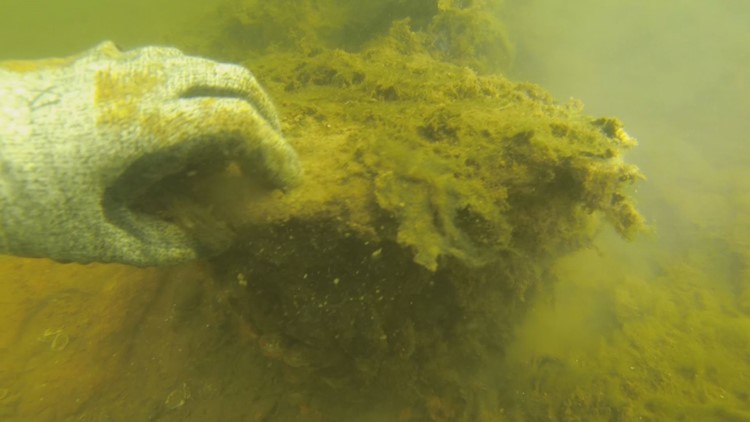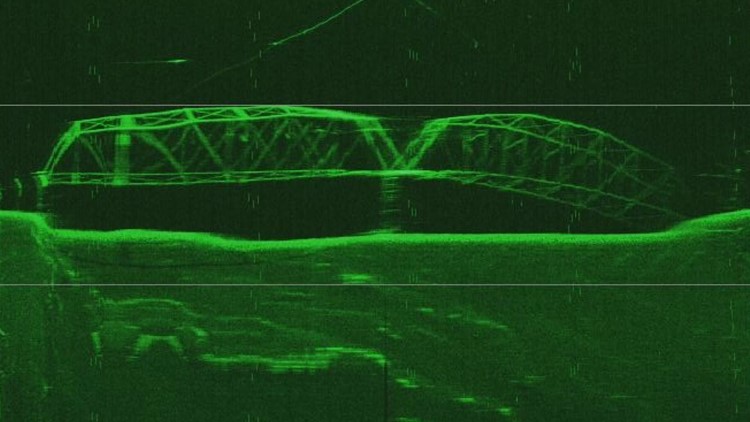Lake Murray, SC (WLTX) -Each year, thousands of people enjoy a day on Lake Murray, whether it's boating or swimming. But how much do you really know about history of the body of water?
When it was built in the 1920's, it was the largest man made lake in America. In size, the lake is nearly 50,000 acres, with roughly 500 miles of shoreline.
But one time, that area was known as the Saluda River Valley. It was settled in the 1750's by German, Swiss, and Dutch immigrants, with two major towns: Dutch Fork and Saxe Gotha.
But those towns are no more, they were buried in water after SCE&G bought the land, creating the lake. All that remains now are remnants of a past that few people alive know little about.
On any given day, you'll find Steve Franklin and John Baker on the waters of Lake Murray searching for the past, one dive at a time. Baker is the owner of Scuba John's Dive Shop in Batesburg-Leesville, while Franklin is a commercial pilot. They dive in their spare time.
"A lot of people think it's eerie, but it's not," Baker says. "It's a step back in time."
The two men have devoted hours. discovering a forgotten time and place that sits at the bottom of this man-made lake.
"There are a lot of towns throughout the lake. churches, schools, cemeteries," Franklin says.

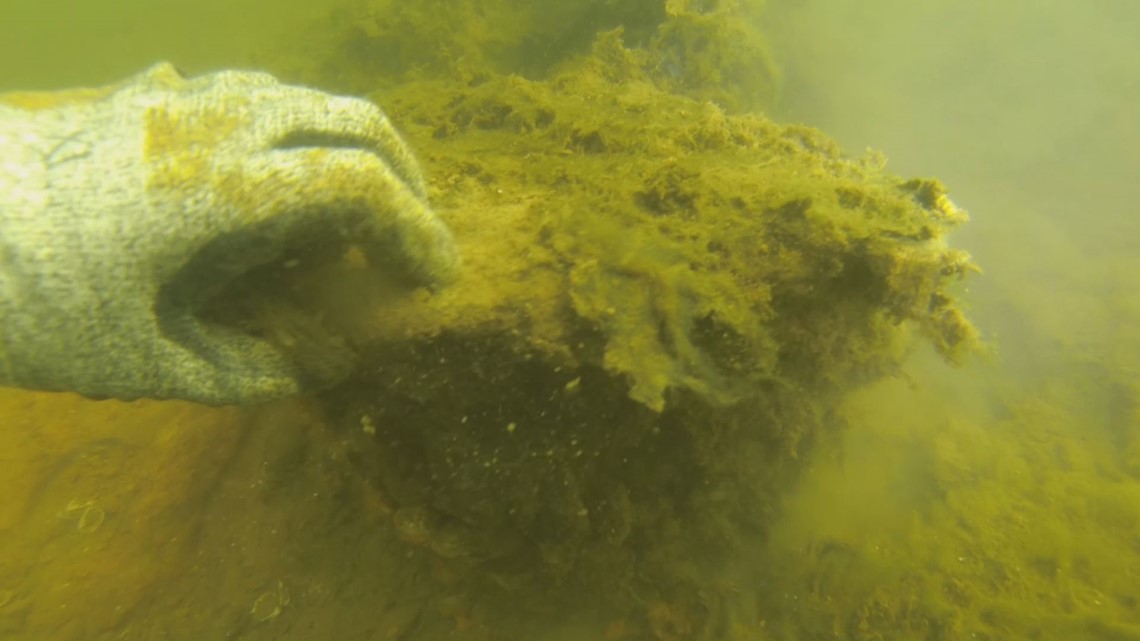
When SCE&G bought the land to build Lake Murray, 75 percent of it was just a wooded area. The rest of the land consisted of nine small towns and communities that was home to nearly 5,000 residents. Ninety years ago, in 1927, SCE&G paid to relocate them all and build new structures elsewhere. All that remains now are bits and pieces of a past, some big, some small.
One of the bigger pieces is an old stone house that was built in the 1800's. Despite it's size, the murky water made it hard to find.
"When we found it, we swam through the front door and hit our heads on the back walls. but that was neat to find that and see how it's still kind of preserved," Baker says. "You've got four walls and the roof still there."
And because of that poor visibility, Steve and John rely on sonar to help in their discoveries. It gives them a clearer picture of what's on the surface nearly 200 feet down.
"There are old roads," Franklin says. "The roads are still quite identifiable. They're old dirt roads at that time traveled by horse and buggy, probably not too many cars at that time. So the roads are still easy to identify, especially on sonar and that kind of helps lead us to where old towns were. Sometimes there's nothing at all except mud and rocks. sometimes we do find things where a town was even some old home sites too. "
"One site we dive a good bit is the old Wyse's Ferry Bridge that used to span across the lake," Baker adds. "What was really cool recently was a stamp on the side of the structure that says 1911, when the bridge was built. We were dusting off some of the old concrete and found a bunch of the construction workers names that was drawn in there.'

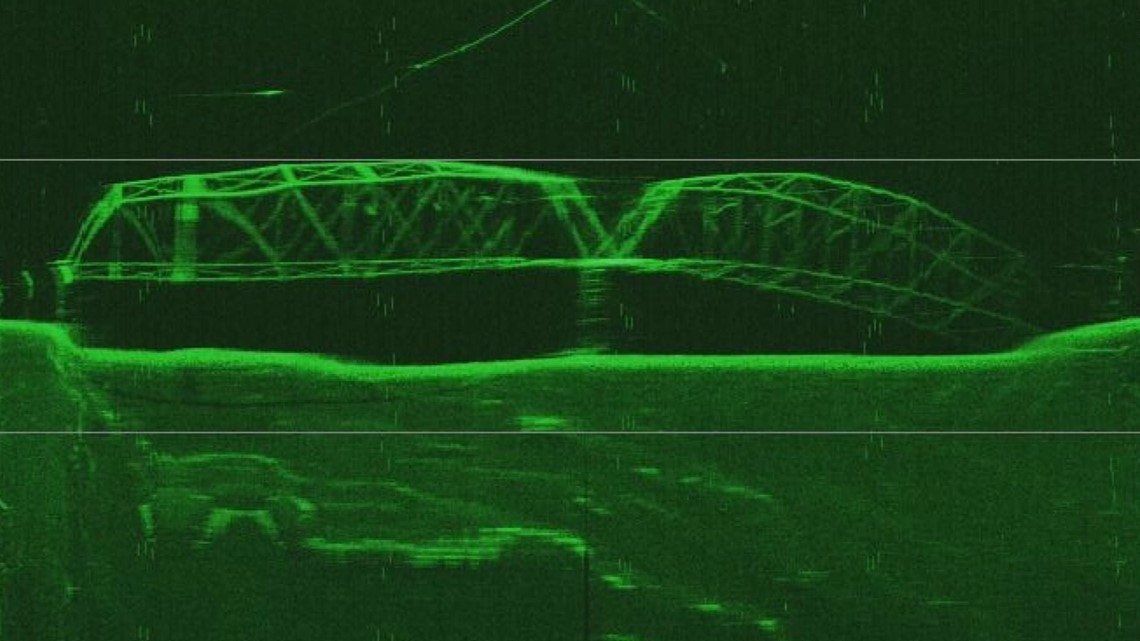
Other discoveries, include boxcars, railroad tracks, a hitching post and cemeteries. When SCE&G bought the land, they offered to move the dead. But most families decided to let their loved ones rest in peace. In all, more than 2,300 graves are at the bottom on Lake Murray.
"Most of the cemeteries are from the 1800's," Franklin says. "There's three different kinds of cemeteries: old slave cemeteries--because of slavery in that time; smaller family plots, 4 or 5 family members buried there with small headstones and markers;then you have the large multi family plots."

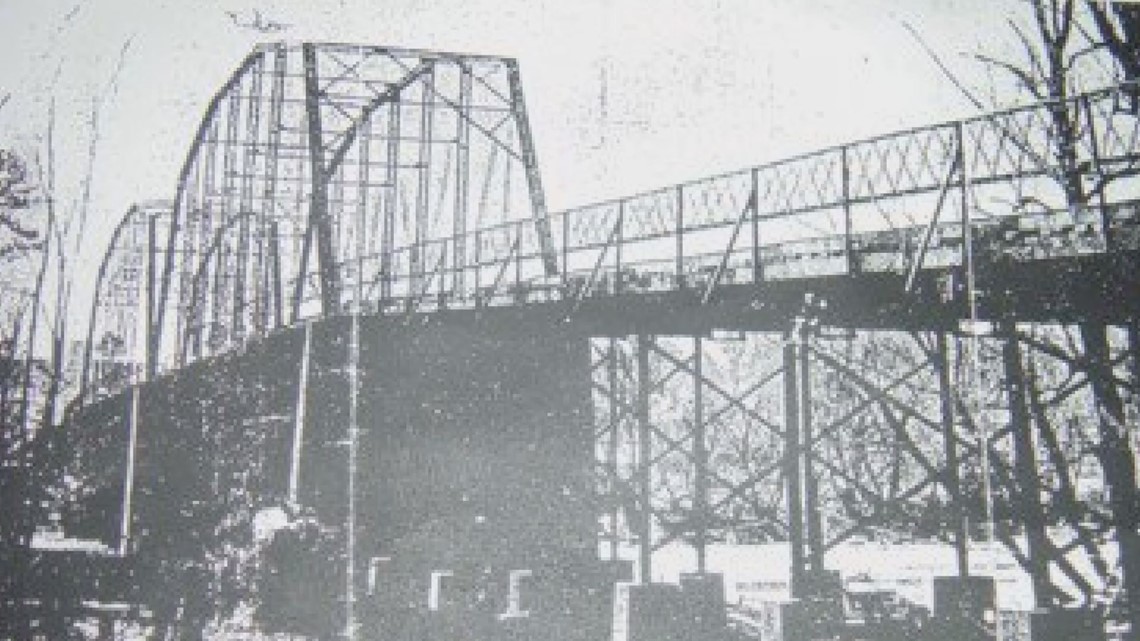
As you might expect, Steve and John have heard from local families, hoping they can find their loved ones final resting place. And they expect to hear from a few more. Some of their discoveries are so far down, they have to take extra steps just to stay safe.
"Some of these dive sites are really challenging to get to," Baker says. "Some of these dives are past recreational diving limits. we had to get specialized training so we could extend time at these depths. so you've got the exploration that keeps driving us to come back and we also have the challenge of the dives. It's cold. It's dark. It's deep."

